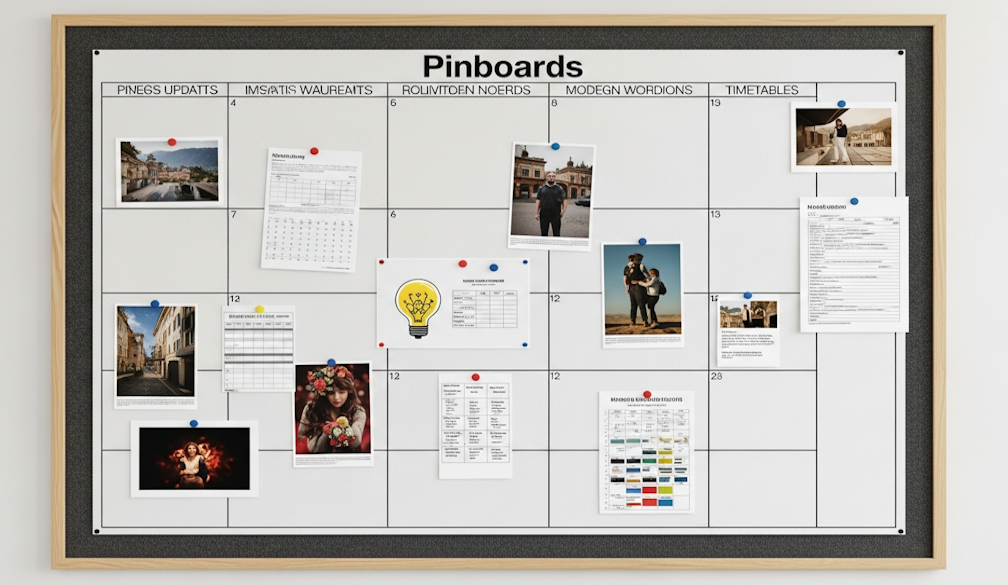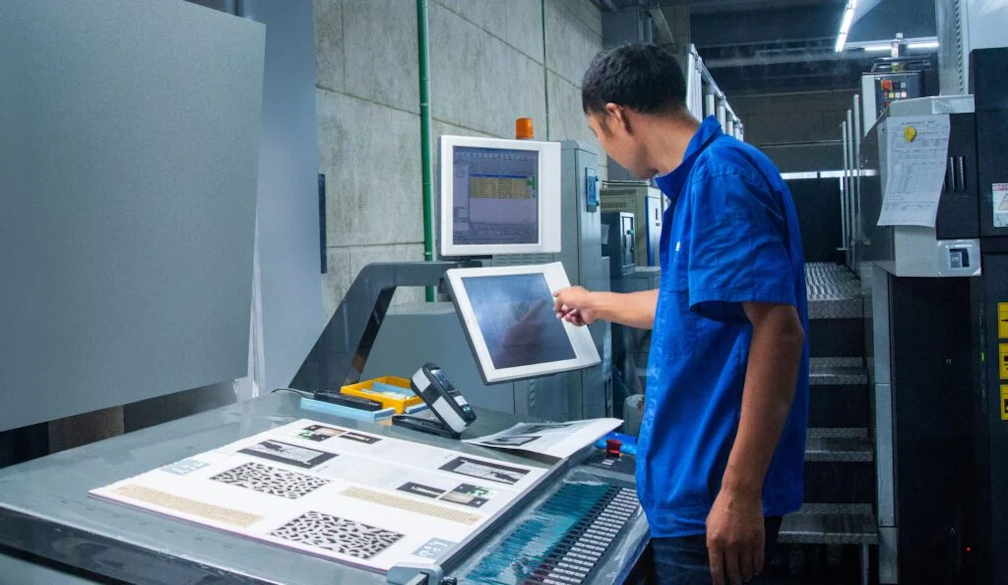why are so many sports getting faster?
- Written by Kevin Norton, Professor of Sport and Exercise Science, UNSW Sydney
If you scroll through YouTube and watch sporting contests from yesteryear, one of the first things you’ll likely notice is how slow the games are compared to modern sports.
Not just the athletes’ speed (or lack of), but the pace of ball movement.
This is because the game speed of most sports continues to increase.
Why are sports getting faster?
There is no universal definition of game speed, but it is often measured using metrics such as passing rate, ball velocity or average player movement speed during games.
Increased passing rates can be seen when players retain the ball for shorter periods before passing it to a teammate.
Faster ball and average player speeds have been shown in many field sports including AFL, soccer and basketball.
Faster action followed by longer recovery breaks is the way many sports have evolved over the past few decades.
In National Hockey League ice hockey games, for example, there are around 300 player rotations (shifts) per team. Shift lengths decreased by 7% to about 45 seconds each during a 10-year period to 2010 as the game sped up.
Shorter shifts mean higher game speed before players can recover on the bench.
Some sports deliberately alter rules to increase the game speed and scoring.
Spectators report a preference for fast action and seem happy to have this interrupted by longer breaks as players catch their breath.
What about speed in soccer?
I recently studied this phenomenon in World Cup soccer matches. I found passing rates and ball speed were consistently increasing for both men and women over multiple World Cup tournaments.
The study showed passing rates increased by 19% for men and 26% for women across the past nine tournaments. Average ball speed increased by 7% for men and 18% for women over the same time.
It is clear men’s and women’s soccer matches are speeding up.
The benefits of fast attacking play
The need for speed is driven by scoring benefits: if a team can move the ball often and with accuracy, this reduces the time for opposition teams to organise defensively.
Disorganised defensive structures are easier to penetrate, as gaps open among opposition players.
For example, faster passing rates in basketball have been linked to more scoring attempts and baskets scored. This is especially crucial after a turnover, when defences are poorly organised.
Faster play requires quick and precise decision-making, such as perfect timing to move to the best position to receive the ball, or to draw dangerous opposition players away from the action.
This quicker play requires delivering better skills at high speeds, such as catching or trapping the ball on the run. It involves anticipating where to move and when to react with stealth-like movements.
It also involves greater physical fitness and the ability to repeat high-intensity efforts – a fitter player can recover quicker and accumulate less fatigue. This can help the athlete use optimal power and with fewer skill errors.
On top of that, evidence shows player “density” is increasing in many field sports, which both reduces the time to react and mandates superior skills in the congested player traffic.
Accurate passing and precision timing through this crowded space is essential.
Even moving your own body through clogged space requires agility and power. Because of this, much of the training time for professionals is dedicated to games on reduced field space to improve these requirements and to refine decision-making skills.
In elite sport, those who are efficient in these areas generally remain in the sport while others fall by the wayside.
Managers in the English Premier League look for a minimal passing efficiency (finding a teammate with each pass) of 70%. Less than this can have disastrous consequences for the athlete.
Passing effectiveness is also used heavily in NFL quarterback ratings and in the AFL.
Sometimes speed can have its downsides
There are risks with faster play, though.
Moving offensively with speed means the attacking team is also vulnerable to counterattack if they lose possession: when an attacking team turns the ball over, they, in turn, are out of (defensive) position and vulnerable to quick movement by the opposition.
So knowing when to move fast and when to progress more steadily are also key skills and regularly rehearsed.
Another potential problem of higher-speed sports is the relationship to higher injury rates.
Colliding with opposition players involves increased kinetic energy that must be absorbed by athletes’ bodies. This can result in bone fractures and concussion rates that are elevated with fast impact forces.
Faster running speeds also result in more muscle pulls and strains.
What might this mean for the future?
The increasing speed of sports could have several impacts in the future, namely in the talent identification and player recruitment space, and in women’s sports.
Due to genetic constraints, athletes generally can’t improve their speed as easily as other physical attributes like endurance or strength. This means recruiters are likely to prioritise fast athletes in a spiralling pace race.
Read more: Why are some people faster than others? 2 exercise scientists explain the secrets of running speed
In some sports, including our soccer study, the speed of women’s sport was found to be increasing at a faster rate than men’s.
Over a comparatively short history of professional sport, women have demonstrated dramatic and impressive gains. This may mean the speed and style of women’s sports will increasingly resemble the speed and style of the men’s games.
Authors: Kevin Norton, Professor of Sport and Exercise Science, UNSW Sydney
Read more https://theconversation.com/speed-thrills-why-are-so-many-sports-getting-faster-247803



















